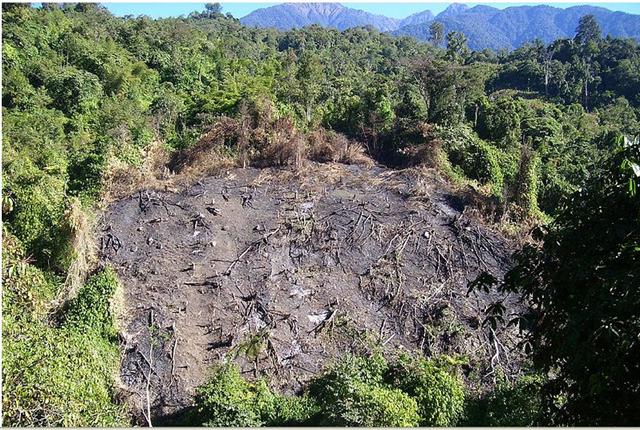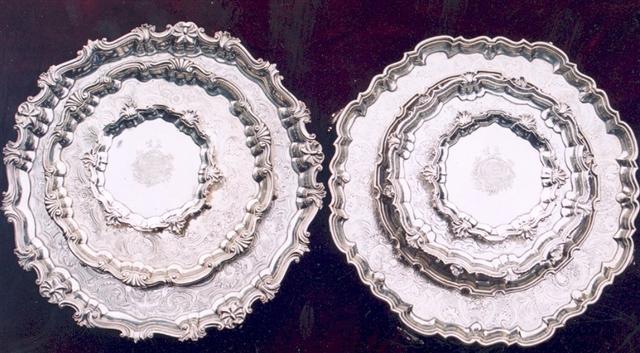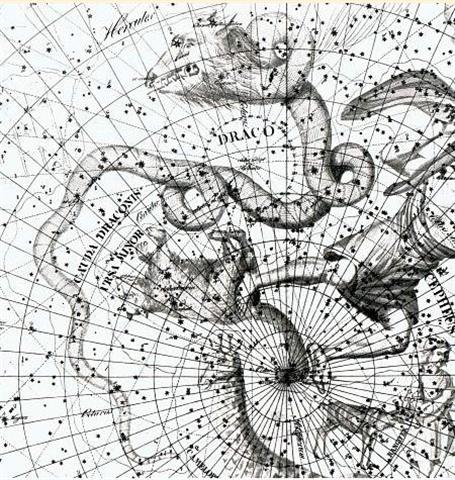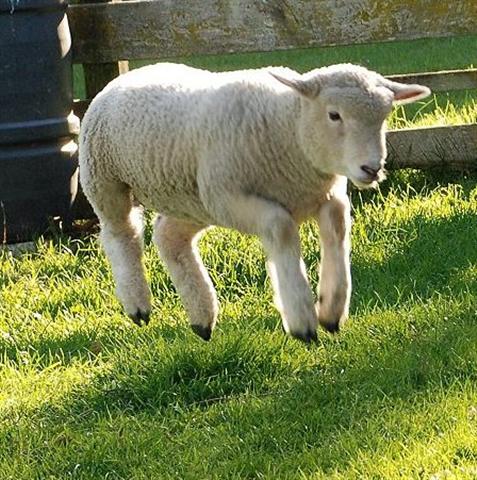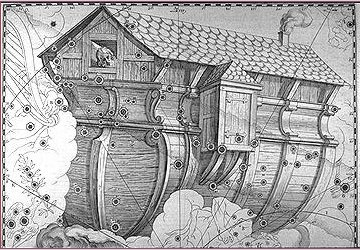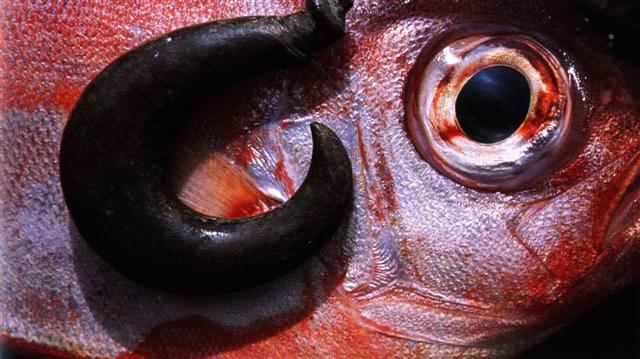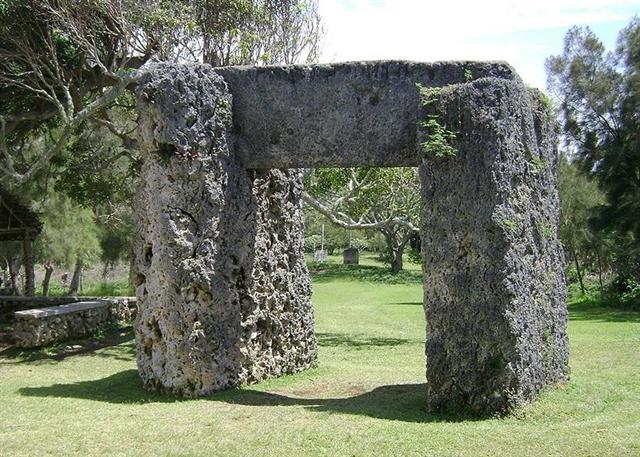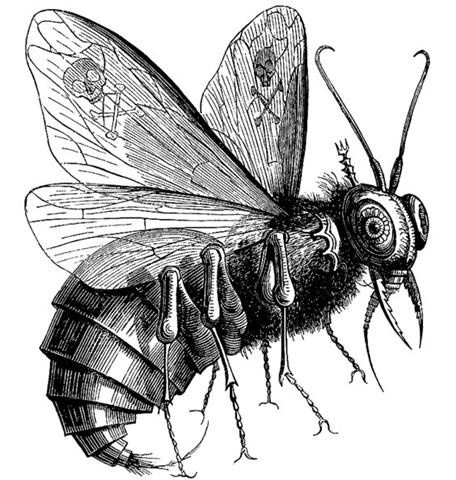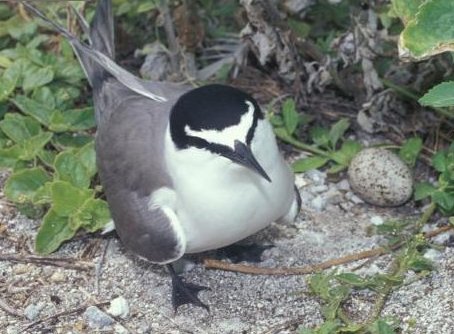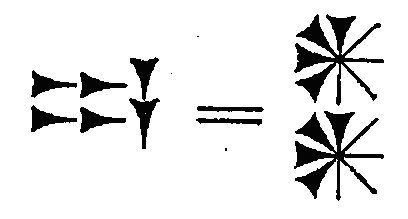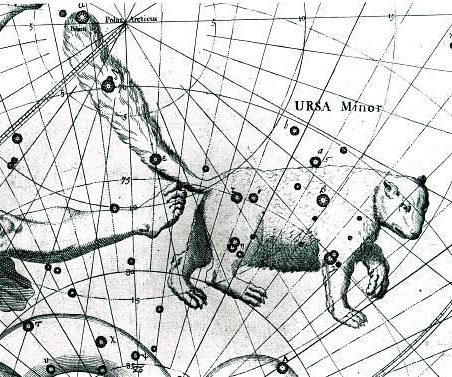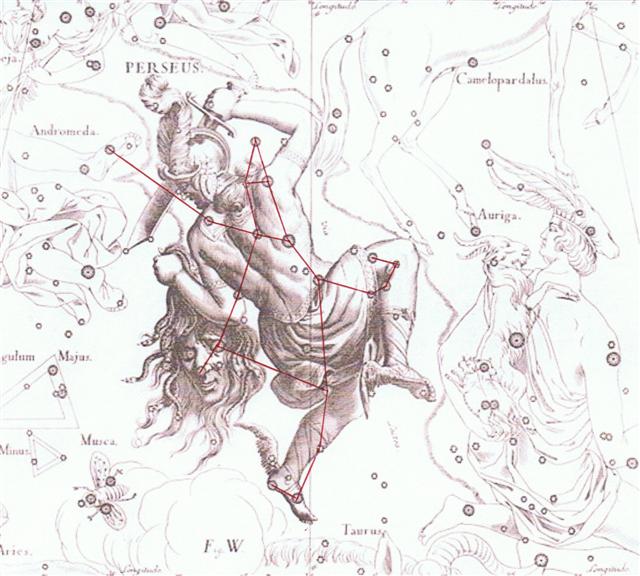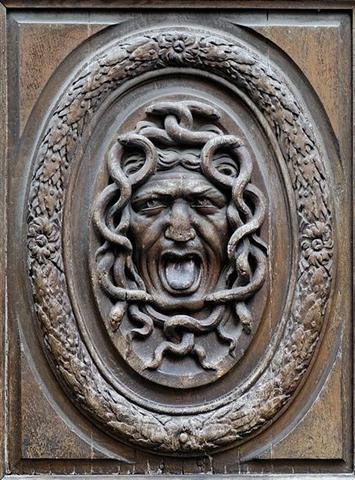Barthel has pointed out that when the Explorers arrived to Easter Island they did not immediately follow in the path of the dream soul. Instead they at first went uphill and withershins in order to plant uhi. ... Hanga Te Pau lies halfway between the places Kioe Uri and Piringa Aniva, both of which are also designations for the month of June. In this sense, Hanga Te Pau occupies the correct position in the time-space scheme. Instead of turning to the right (facing the land) in their search for the residence of the king, the explorers turn in the opposite direction. From a chronological point of view, this turning to the left signifies a going back to the two winter months that have passed. Considering the condition in the new land, building a house on the rim of the crater and establishing a yam plantation are indeed suitable activities for the new settlers ...
... Makoi got up and began to familiarize himself with the (new) land. (This took place) on the fifteenth day of the month of June ('Maro'). He went toward the sheer face of the rocks (titi o te opata), was astonished (aaa), came up to the middle (of the outer rim of the crater), and stood at the very edge. He looked down and saw the 'Pu Mahore of Hau Maka' (on the coast) and said, 'There it is, the hole of the mahore fish of Hau Maka!' He turned his face and looked toward the back (i.e., in the direction of the crater). No sooner had he seen how the dark abyss opened up (below him), when a fragrant breeze came drifting by. Again Makoi said, 'This is the dark abyss of Hau Maka'. He turned around, walked on in utter amazement, and arrived at the house. He spoke to Ira, 'Hey you, my friends! How forgetful we (truly) are. This place is adequate (? tau or 'beautiful'), the dark abyss lies there peacefully!' Ira replied, 'And what should that remind us of up here?' All arose and climbed up. They went on and arrived; they all had a good look (at the inside of the crater). They returned home and sat down. Night fell, and they went to sleep ... [E:19] Night fell and they went to sleep (hvíla). I.e., they stopped moving - because they were in tune with the peaceful crater lying down there. Which ought to indicate the time of solstice - when the sky dome with all its stars slowed down to a halt and the motion was about to change direction.
At the time of Bharani the Sun had been in "June 15, when 3 (aaa) half-years (each measuring 6 synodic months) had come to an end. 365 + 166 = 531 = 3 * 177. South of the equator this was 6 days before the winter solstice.
The old cycle was slashed and burned.
And the fertile dark abyss was then the origin of a new cycle.
The Explorers had safely reached a new land and therefore they should first draw back for a while (réculer pour mieux sauter) in order to secure a continuation from the old land to making landfall on the new.
A house was built and a plantation of uhi established.
... Balancing the notion of tapu, though not in perfect dichotomy, is the notion of noa. This pertains to mundane, ordinary objects and functions - household and serving utensils, the acts of preparing and eating food, the many small and common interactions of everyday life. Noa is safe - without preternatural sanction or restricted association, it is demonstrated by the lifting of the condition of tapu from a particular environment or object. A newly built house, ornamented and fresh, would be considered tapu - unsafe, prohibited, raw with spirit and inaccessible to the common touch of people. Making the place noa - 'blessing' it in current terms - would involve ritual, and the crossing of the threshold, usually by a high-born woman. Her special form of tapu would counter the energies within the house, and thus render it noa, and safe for general entry. Such ritual continues to be observed today; even in the context of an ethnological or fine arts exhibition, these procedures are followed, to appease the ancestral forces who may generate tapu, which imbues the objects with dread or beauty ... The same basic idea was later to return in Manuscript E, in form of the loading of everything needed onto the Royal Double Canoe. Following all the items brought onboard we have left the trail at Yggr ('Marikury'):
The new land was beginnig at Gemini - at the other side of the Milky Way river:
... 'Now while I'm away,' he said, 'show some common sense and don't be impatient. Don't eat food until I come back, and whatever you do don't start cutting up the fish [Tonganui] until I have found a priest and made an offering to the gods, and completed all the necessary rites. When I get back it will be all right to cut him up, and we'll share him out equally then ...
... There were a thousand loads [te amonga] of sugarcane.
Teke said to Oti [oti], 'Bring [ka mau] (that) on board the canoe!' The men picked up [he mau] the sugarcane, came on board the canoe, and left it there. The men returned (to the other things) [ki te me'e] and took these too. Then King Hotu spoke to Teke, 'Take along the four-legged animals (manu vae eha), the pigs (? kekepu), the sea swallows (manu tara), and the flies (takaure)!' King Hotu continued to speak to Teke, 'The thing [he mee] that you must not forget under any circumstances are the flies! The flies are creatures [he mee o rehu a takaure] that must not be forgotten. If you forget the flies [ana rehu te takaure i a koe] the multitude [te piere] of people will perish [he ngaro]. But when you bring the flies on land [ana tomo ki runga ki te kainga te takaure], then there will be a great number of people (he piere tangata)!' [E:70]
Counting from *115 (He Marikuru, 111) to Te Maro 15 (531) ought to mean adding 420 (= 6 * 70 = 7 * 60) days. ... Then Hotu said to Teke, 'There shall be an equal number of people (i.e., of both sexes) when you take them aboard the canoe. The same (goes) for the four-legged animals, the pigs (?) and the chicken.' Teke went with all his assistants. They took the four-legged animals, male and female, fifty in all. [25 + 25 = 50] (There were) fifty four-legged animals. [50 * 4 = 200] They took all kinds of birds [anake te huru o te manu], male and female, a hundred pigs (?) [50 + 50 = 100], 500 chickens [250 + 250 = 500], and five large calabashes (kaha) full of flies.
[
They also took along twenty (birds) each [10 + 10 = 20]:
Teke said to Oti, 'Take [ka mau] all the big calabashes with the birds [te kahu manu] on board the canoe!' [E:72] 15 * 20 = 300 birds were brought onboard. What does it mean? Possibly that we should fly up, ascend like released dream-souls, half a year up to day 300 (October 27) - to the place of the Flying Eagle (Altair), where the Full Moon was.
... The king arose from his sleeping mat and said to all the people: 'Let us go to Orongo so that I can announce my death!' The king climbed on the rock and gazed in the direction of Hiva, the direction in which he had travelled (across the ocean). The king said: 'Here I am and I am speaking for the last time.' The people (mahingo) listened as he spoke. The king called out to his guardian spirits (akuaku), Kuihi and Kuaha, in a loud voice: 'Let the voice of the rooster of Ariana (→ Arianrhod → Gemma, α Cor. Bor. → St John's Day) crow softly. The stem with many roots (i.e., the king) is entering!' The king fell down, and Hotu A Matua died. Then all the people began to lament with loud voices. The royal child, Tuu Maheke, picked up the litter and lifted (the dead) unto it. Tuu Maheke put his hand to the right side of the litter, and together the four children of Matua picked up the litter and carried it. He and his people formed a line and went to Akahanga to bury (the dead) in Hare O Ava. For when he was still in full possession of his vital forces, A Matua had instructed Tuu Maheke, the royal child, that he wished to be buried in Hare O Ava. They picked him up, went on their way, and came to Akahanga. They buried him in Hare O Ava. They dug a grave, dug it very deep, and lined it with stones (he paenga). When that was done, they lowered the dead into the grave. Tuu Maheke took it upon himself to cover the area where the head lay. Tuu Maheke said, 'Don't cover the head with coarse soil (oone hiohio)'. They finished the burial and sat down. Night came, midnight came, and Tuu Maheke said to his brother, the last-born: 'You go and sleep. It is up to me to watch over the father.' (He said) the same to the second, the third, and the last. When all had left, when all the brothers were asleep, Tuu Maheke came and cut off the head of Hotu A Matua. Then he covered everything with soil. He hid (the head), took it, and went up. When he was inland, he put (the head) down at Te Avaava Maea. Another day dawned, and the men saw a dense swarm of flies pour forth and spread out like a whirlwind (ure tiatia moana) until it disappeared into the sky. Tuu Maheke understood. He went up and took the head, which was already stinking in the hole in which it had been hidden. He took it and washed it with fresh water. When it was clean, he took it and hid it anew. Another day came, and again Tuu Maheke came and saw that it was completely dried out (pakapaka). He took it, went away, and washed it with fresh water until (the head) was completely clean. Then he took it and painted it yellow (he pua hai pua renga) and wound a strip of barkcloth (nua) around it. He took it and hid it in the hole of a stone that was exactly the size of the head. He put it there, closed up the stone (from the outside), and left it there. There it stayed. ... Another year passed, and a man by the name of Ure Honu went to work in his banana plantation. He went and came to the last part, to the 'head' (i.e., the upper part of the banana plantation), to the end of the banana plantation. The sun was standing just right for Ure Honu to clean out the weeds from the banana plantation ... The banana plantation (where side a on the G tablet seems to begin) was a year later than when king Hotu A Matua died. And this should have been at St John's day - 'Let the voice of the rooster of Ariana (→ Arianrhod → Gemma, α Cor. Bor. → St John's Day) crow softly'. At the time of rongorongo Gemma culminated (at 21h) in June 28. At the time of Bharani this should have happened, one could think, 41 days later in the year. However, a culmination at 21h corresponded to a difference with 46 right ascension days as compared to a culmination at 24h. ... Allen has documented all his star culminations at 21h, which should be due to an effort of keeping the culminations at their proper places according to the ancients, 24h (spring equinox) - 21h = 3h = 24h / 8 = 45º. 3h corresponds to 366 / 8 = 45.75 of my right ascension days and *366 - *46 = *320 (Dramasa, σ Octantis) ... Therefore we maybe should count 179 (June 28) + 41 + 46 = 266 ("September 23, the day after the equinox). In the Gregorian calendar the day corresponding to June 28 was °June 24 = Day of St John, and 266 - 175 = 91 (= 364 / 4). ... In other words, the ancient Druidic religion based on the oak-cult will be swept away by Christianity and the door - the god Llyr - will languish forgotten in the Castle of Arianrhod, the Corona Borealis. This helps us to understand the relationship at Rome of Janus and the White Goddess Cardea who is ... the Goddess of Hinges who came to Rome from Alba Longa. She was the hinge on which the year swung - the ancient Latin, not the Etruscan year - and her importance as such is recorded in the Latin adjective cardinalis - as we say in English 'of cardinal importance - which was also applied to the four main winds; for winds were considered as under the sole direction of the Great Goddess until Classical times ... ... The fixed star which corresponded to Mercury was probably Al-Gol (The Demon):
|
||||||||||||||||||||||||||||||||||||||||||||||||||||||||||||||||||||||||||||||||||||||||||||||||||||||||||||||||||||||||||||||||||||||||||||||||||||||||||||||||||||||||||||||||||||||||||||||||||||||||||||||||||||||||||||||||||||||||||||||||||||||||||||||||||||||||||||||||||||||||||||||||||||||||||||||||||||||||||||||||||||||||||||||||||||||||||||||||||||||||||||||||||||||||||||||||||||||||||||||||||||||||||||||||||||||||||||||||||||||||||||||||||||||||||||||








